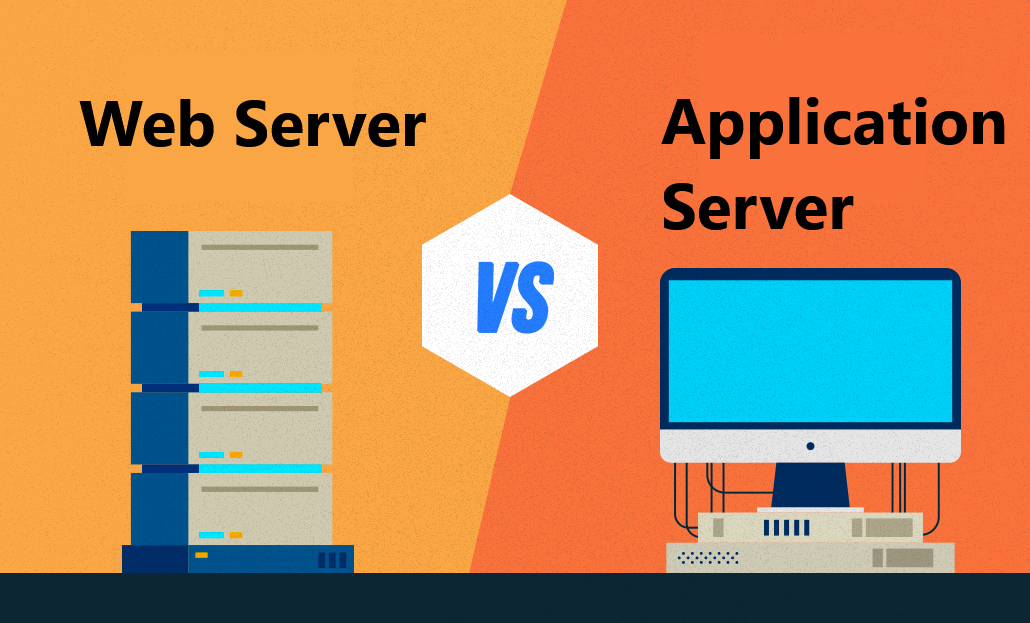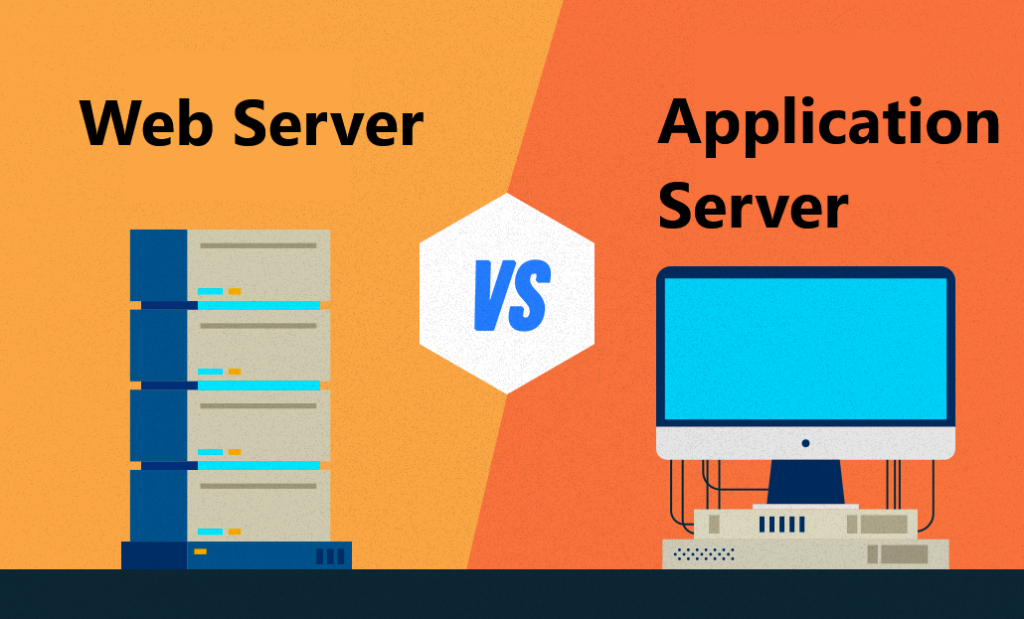

If you’re building or hosting any web-based system— from blogs to full-stack platforms — you’ve likely heard the terms web server and application server used interchangeably. But they’re not the same, and confusing the two can cost you performance, scalability, and even security.
This guide breaks down exactly what each server type does, how they interact, and which one you need — or when you might need both.
A web server handles requests from browsers (like Chrome or Firefox) and delivers static content — such as HTML files, CSS stylesheets, and images — directly to users.
Examples: Apache, Nginx, LiteSpeed
An application server runs backend logic — processing dynamic requests, running code, interacting with databases, and generating content on-the-fly.
Examples: Tomcat, JBoss, Node.js, Django, .NET Core
| Feature | Web Server | Application Server |
| Primary Role | Serves static content | Serves dynamic content |
| Language Support | HTML, CSS, JS | Java, Python, PHP, Node.js, etc. |
| Examples | Nginx, Apache | Tomcat, Django, JBoss |
| Performance | Lightweight, fast | Heavier, resource-intensive |
| Request Handling | HTTP/S only | HTTP/S + business logic |
In modern architecture, both often work together:
A web server handles basic requests and forwards dynamic ones to the application server.
In most real-world hosting setups — yes, you’ll need both.
Here’s how a modern stack works:
This layered setup is especially critical for offshore VPS or dedicated environments where resource allocation and security isolation matter.
If you’re choosing between a VPS and a dedicated server, understanding this split is crucial:
At LayerServers, our KVM VPS and dedicated servers are optimized for developers who want to deploy full-stack environments. Whether you’re hosting a WordPress blog or building a microservices-based SaaS, you’ll need to configure both types of servers — and we give you full root access to do exactly that.
A solid hosting setup isn’t about throwing code onto a server. It’s about understanding what your stack needs — and aligning your infrastructure accordingly.
Knowing the difference between a web server and an application server helps you:
Ready to build smart from the start?
Host your entire stack — static and dynamic — with LayerServers.